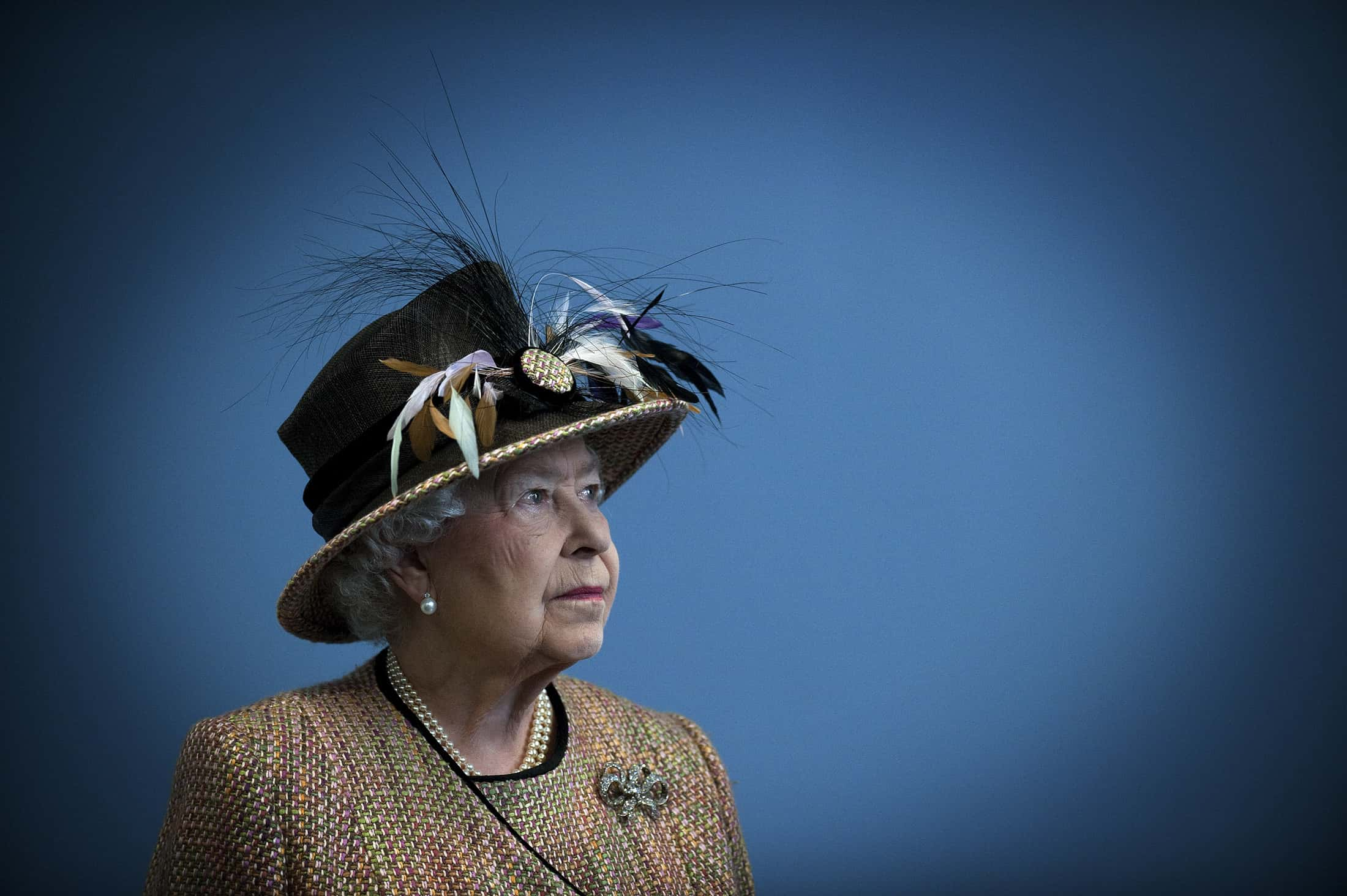What is Operation Unicorn? Royal contingency plan takes effect in the aftermath of Queen Elizabeth II's death

LONDON, ENGLAND: It's no secret that royal events are very carefully planned and executed with surgical precision, so it should come as no surprise that how to deal with Queen Elizabeth II's death too has been well-planned. The plan nicknamed Operation London Bridge immediately came into effect as soon as the monarch's death was announced. Operation London Bridge has several contingency plans factored into it while planning how to navigate the royal's death and the aftermath.
Operation Unicorn is one such contingency plan that was drafted in the 1960s with the assumption that the Queen would take her last breath at Balmoral, Scotland. Named after Scotland's national animal Unicorn, Project Unicorn, sets in motion all the ceremonial events that are to be held following the Queen's death, including the logistics of moving the Queen's coffin back to London from Scotland. Read on to know more about Project Unicorn.
RELATED ARTICLES
Vile trolls swarm over social media with gleeful posts after Queen Elizabeth II's death
King Charles III pays heartfelt tribute to his 'much loved Mother' Queen Elizabeth II

What is Operation Unicorn?
As mentioned above, Operation Unicorn is the royal contingency plan within Operation London Bridge that is to be set in motion if the Queen died in Scotland instead of London. The Earl Marshal who is in charge of the plans will put the plan into action, including planning the logistics of transporting the Queen's body back to London from Scotland. While the royal family is already at Balmoral, the preparations for the Queen's funeral, and the accession process for a new head of state has already begun as per the plan.
The Daily Mail reported that the members of the royal family will be expected to hold a poignant vigil around the Queen's coffin in St Giles' Cathedral in Edinburgh. The Queen's coffin will temporarily rest at the Palace of Holyroodhouse while making the journey to Edinburgh. The following day her coffin will be carried up the Royal Mile to St Giles's Cathedral for a service of reception. The royal family is expected to stage a vigil around the Queen's coffin, known as the "Vigil of Princes", reported the outlet. The public too can pay their respects to the Queen. The Queen's coffin will then be taken back to Buckingham Palace in London. A reception committee of the Prime Minister and members of her Cabinet will be present during the coffin's arrival in London. Once Her Majesty's body is back at Buckingham Palace, there will be eight more days allotted to the official period of mourning that will end with her funeral at Westminster Abbey.
While the Queen's funeral planning is still underway, the accession process for a new head of state begins simultaneously. The Prince of Wales is now King Charles III, and as per the protocol in effect, he will be declared the King at a meeting of the Accession Council, usually at St James' Palace. The Council is made up of all the Privy Counsellors.










